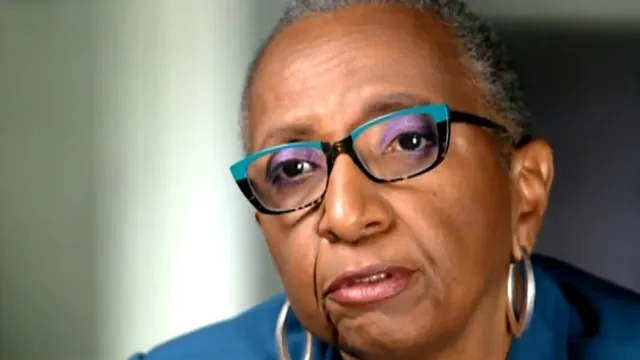
Supreme Court allows Trump to fire independent agency members temporarily
2025-04-10 06:02- The Supreme Court issued a temporary stay on lower court rulings regarding the firings of two board members.
- Gwynne Wilcox and Cathy Harris, removed by Trump, had their initial reinstatement decisions reversed.
- The case raises critical questions about presidential powers and the independence of federal agencies.
Express your sentiment!
Insights
In early April 2025, the Supreme Court took significant action regarding the Trump administration's attempts to remove two board members from independent agencies in the United States. The court issued an administrative stay that paused lower court orders reinstating Gwynne Wilcox, a member of the National Labor Relations Board, and Cathy Harris, a member of the Merit Systems Protection Board. Solicitor General D. John Sauer argued that the removals should be allowed to proceed, claiming the reinstatement harmed the president and the separation of powers. This decision reflects ongoing debates about presidential authority over independent agencies. The controversy began when both Wilcox and Harris were removed from their positions by Donald Trump soon after he assumed office. The two women challenged their firings, asserting that their removal violated federal laws which only permitted termination due to neglect of duty or malfeasance. Initial rulings from lower courts favored Harris and Wilcox, reinstating them to their respective roles after deeming their firings unlawful. Subsequently, the appellate court briefly reversed this decision, leading to the Supreme Court's intervention. The current case is significant not only due to the individuals involved but also because it raises broader constitutional questions about the extent of a president's power to control independent agencies. The Supreme Court's conservative majority has already displayed a willingness to limit protections afforded to officials at these agencies, contrasting decisions from earlier decades that upheld their independence. The case has the potential to reshape the legal landscape of executive authority in ways that could impact future administrations. As discussions about presidential power continue to evolve, this case exemplifies the ongoing tension between legislative protections for independent agency appointees and the executive branch's desire to maintain control over those agencies. Should the Supreme Court ultimately decide in favor of the Trump administration, it could signal a shift toward greater presidential authority that may challenge decades of precedent established to insulate independent agencies from direct political influence.
Contexts
The impact of Supreme Court decisions on labor relations boards is a critical area of study that influences the functioning of labor laws and the rights of workers and employers in the United States. Throughout history, the Supreme Court has played a pivotal role in shaping labor relations through its rulings on various cases that affect the authority, jurisdiction, and effectiveness of labor relations boards. These decisions often establish precedents that influence how labor disputes are resolved, how collective bargaining is conducted, and the extent of protections afforded to workers, thereby directly impacting the dynamics between employees and employers. Understanding these implications is essential for comprehending current labor relations in the context of the evolving American workforce. One of the key aspects of the Supreme Court's impact on labor relations boards is its interpretation of the National Labor Relations Act (NLRA) and its amendments. The Court's interpretations over the decades have defined the powers of the National Labor Relations Board (NLRB), which is the federal agency responsible for enforcing U.S. labor law in relation to collective bargaining and unfair labor practices. For instance, decisions like NLRB v. Jones & Laughlin Steel Corporation affirmed the federal government's right to regulate labor relations, which established that labor disputes could substantially affect interstate commerce. Such rulings not only enabled the NLRB to act vigorously but also communicated to employers their obligations under labor laws, thereby fostering an environment supportive of unionization and workers' rights. Furthermore, the Supreme Court's decisions also reflect the changing contours of labor relations in response to social, political, and economic forces. In more recent years, cases dealing with the rights of workers to organize and bargain collectively have seen the Court weigh in on issues such as union security agreements and the role of arbitration in labor disputes. For example, rulings that uphold the legality of collective bargaining agreements contribute to a more robust framework for labor relations, while decisions that lean towards restricting such rights can undermine the authority of labor boards and lead to a weakened bargaining position for workers. As economic policies shift and the labor market evolves, the Supreme Court's adjudications continue to kindle discussions regarding the protections afforded to labor. In conclusion, the influence of Supreme Court decisions on labor relations boards cannot be overstated. The relationship between these judicial rulings and the operational capabilities of labor relations boards plays a significant role in determining the effectiveness of labor law enforcement and the rights of workers. As the labor landscape continues to adapt to modern challenges, including shifts in employment types and the rise of gig economy workers, the Supreme Court's interpretations will likely remain central in shaping the future of labor relations. Therefore, ongoing analysis of these decisions is crucial for stakeholders aiming to navigate the complexities of labor law and advocate for fair labor practices.